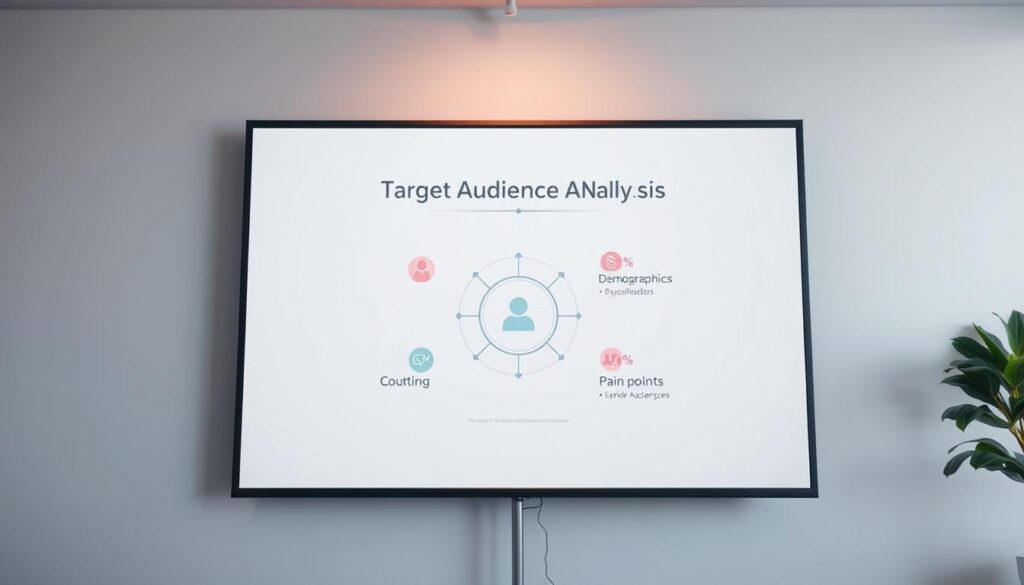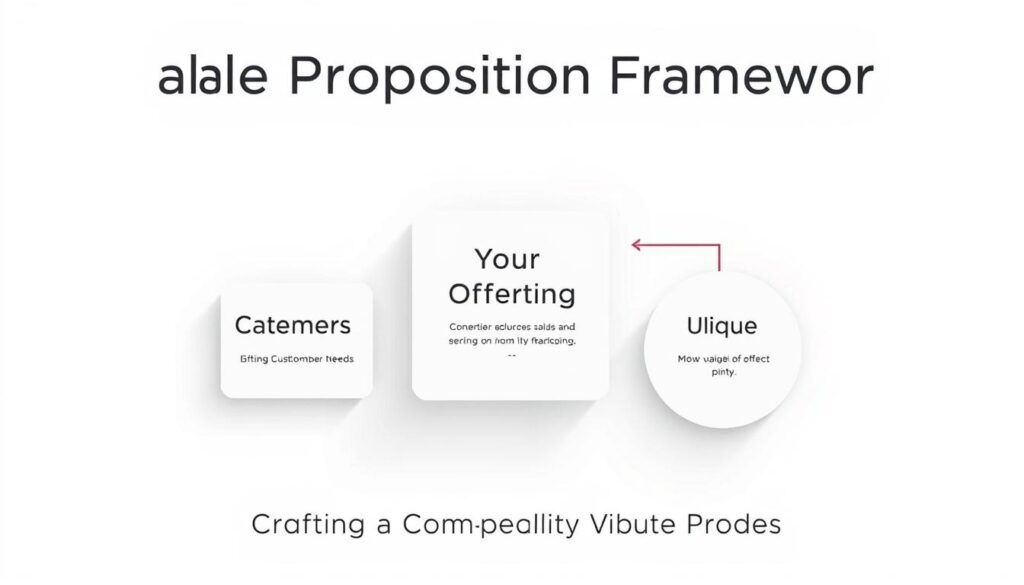Launching a product requires more than just innovative features. It demands a strategic alignment between what customers need and how they discover, use, and value your solution. The difference between success and stagnation often lies in how well organizations connect their offerings to real-world problems through intentional design and positioning.
Leading companies treat their market entry as a holistic journey, not a single event. They blend customer insights with operational planning to create interactions that feel intuitive from the first click to ongoing support. This approach transforms generic transactions into meaningful relationships that drive retention.
Traditional strategies that prioritize product specs over human behavior increasingly fall short. Modern teams use data-driven research to map every decision to measurable outcomes. When design principles guide market strategies, businesses reduce friction, accelerate adoption, and build trust that outlasts competitors’ short-term tactics.
Key Takeaways
- Align product development with proven customer pain points to increase relevance
- Integrate UX research into every phase of market planning for higher engagement
- Design onboarding processes that mirror natural user behavior patterns
- Measure success through long-term loyalty metrics, not just initial sales
- Balance technical capabilities with emotional resonance in messaging
Understanding the Importance of Go-to-Market Strategies
A 2023 industry report revealed that 37% of companies prioritize product development over sales strategies. This imbalance highlights why structured planning matters. Effective gtm strategy bridges the gap between innovation and commercial success by aligning technical capabilities with measurable demand.
These strategies answer critical questions: Who needs your solution? How does it outperform alternatives? What channels deliver maximum impact? Organizations using data-driven frameworks reduce launch risks by 41% compared to those relying on intuition alone.
Three elements define modern approaches:
- Customer journey mapping from discovery to retention
- Cross-functional alignment between product and revenue teams
- Continuous feedback loops that refine positioning
Businesses achieving product-market fit don’t chase features—they solve specific problems through targeted positioning. When software company Asana redesigned its onboarding using behavioral data, trial-to-paid conversions increased by 28% within six months.
Strategic planning creates compounding advantages. Companies with documented marketing strategy achieve 30% faster revenue growth than competitors. They allocate resources smarter, adapt quicker to shifts, and build relationships that drive recurring value.
Defining Your Target Audience and Product Market Fit
Identifying core customer segments transforms theoretical solutions into practical demand. Products achieve market resonance when they address specific frustrations competitors overlook. This alignment requires systematic analysis of behavioral patterns and organizational needs.

Building Actionable Buyer Personas
Effective personas blend hard data with human insights. Start by analyzing:
- Purchase decision drivers across different roles
- Common objections during sales conversations
- Usage patterns from product analytics
One SaaS company increased demo conversions by 19% after discovering 68% of prospects valued integration ease over advanced features. This revelation reshaped their entire onboarding flow.
Refining Ideal Customer Profiles
While personas focus on individuals, ICPs map organizational fit. Key components include:
- Revenue thresholds indicating budget capacity
- Tech stack compatibility requirements
- Industry-specific compliance needs
A cybersecurity firm reduced churn by 42% after realizing their solution worked best for mid-market retailers – a segment they’d previously undervalued. Continuous customer research prevents assumptions from becoming strategy blind spots.
Teams that update personas quarterly see 31% higher campaign relevance scores. As markets evolve, so do customer needs. Regular validation ensures solutions stay aligned with shifting priorities.
Market Analysis and Competitive Research
Businesses that thrive continuously adapt by analyzing trends and outmaneuvering competitors. Effective market analysis acts as a compass, revealing growth opportunities while exposing vulnerabilities competitors might exploit. It transforms raw data into actionable intelligence, guiding resource allocation and strategic pivots.
Analyzing Industry Trends
Industry shifts occur faster than ever—new technologies emerge quarterly, regulations update annually, and consumer expectations evolve weekly. Teams using AI-driven analytics spot patterns human analysts might miss. For example, a retail software company identified a 22% surge in mobile-first purchasing behaviors through sentiment analysis, reshaping their platform’s development roadmap.
Competitor Benchmarking Insights
True competitive advantage comes from understanding rivals’ weaknesses as deeply as their strengths. Advanced tools like predictive analytics platforms dissect pricing models, campaign strategies, and customer satisfaction gaps. One fintech firm discovered competitors overlooked small-business owners seeking automated tax features—a $4.2B untapped opportunity.
Game theory applications take this further. By modeling how rivals might respond to new product launches, companies preemptively design countermoves. This proactive approach reduces reaction time by 63% in fast-moving sectors like SaaS and e-commerce.
Crafting a Compelling Value Proposition
What makes customers choose your solution over countless alternatives? A razor-sharp value proposition answers this by translating features into tangible outcomes. Unlike generic claims, it bridges the gap between what your product delivers and what buyers truly need.

Effective propositions focus on three elements: measurable results, emotional resonance, and competitive advantage. For example, a project management tool might highlight “reducing missed deadlines by 47%” rather than listing dashboard features. This approach speaks directly to customer priorities while differentiating from rivals.
Validation is key. Teams using A/B testing often discover unexpected messaging winners—one fintech company increased sign-ups by 33% after switching from “secure payments” to “stress-free financial control.” Focus groups add depth, revealing subconscious reactions that surveys miss. When paired with digital transformation strategies, these insights create propositions that adapt as markets shift.
Neuromarketing takes refinement further. Eye-tracking studies show customers spend 2.1x longer engaging with messages that combine visual metaphors with outcome-focused language. The strongest statements work across channels, ensuring consistency from ads to support docs—a critical factor in building trust.
Developing a User-Centric Go-to-Market Strategy
Companies blending design thinking with commercial strategy achieve 73% higher customer retention than industry averages. This success stems from treating user-centered design as a growth accelerator rather than a checkbox exercise. It transforms how organizations connect solutions to real-world problems.
Integrating Experience Design with Commercial Execution
High-performing teams merge usability testing with gtm strategy refinement. For example, a productivity app developer increased paid subscriptions by 34% after redesigning onboarding flows based on session recordings. These insights revealed hidden friction points in account setup processes.
Three practices separate leaders from competitors:
- Conducting prototype tests with target buyers during campaign planning
- Mapping sales conversations to journey pain points identified in UX research
- Using heatmap data to optimize pricing page layouts
Bridging Product Capabilities with Market Expectations
Alignment begins with comparing feature roadmaps against customer needs audits. A fintech startup avoided 6 months of wasted development by discovering 82% of prospects prioritized fraud detection over budgeting tools through intercept surveys.
| Aspect | Traditional Approach | User-Centric Approach |
|---|---|---|
| Research Methods | Internal brainstorming | Live product walkthroughs |
| Feature Prioritization | Competitor benchmarking | Behavioral analytics |
| Feedback Integration | Quarterly surveys | Real-time session replays |
Organizations using this design-driven methodology reduce time-to-value by 41% on average. They create solutions that feel instinctively useful rather than merely functional – a critical differentiator in crowded markets.
Best Practices for go to market user experience
Superior product adoption hinges on interactions that feel effortless yet purposeful. Leaders achieve this by blending behavioral insights with design precision, creating pathways that guide decision-making without overt persuasion.
Strategies for Enhancing Engagement
Personalization drives 42% longer session durations according to recent SaaS benchmarks. Tactics like dynamic content adaptation and progress-driven interfaces reduce cognitive load while increasing exploration. For example, productivity tools using achievement badges see 27% more weekly active users.
Improving Usability for Higher Conversion
Heatmap analysis reveals 68% of failed conversions stem from three key friction points. Iterative testing identifies these barriers through:
- Session replay reviews of drop-off moments
- A/B tests comparing checkout flow variations
- Accessibility audits ensuring WCAG 2.1 compliance
| Traditional Approach | Optimized Method | Impact |
|---|---|---|
| Static onboarding | Contextual tooltips | +19% activation |
| Universal pricing | Segmented offers | +33% upgrades |
| Email support only | In-app chat | +41% satisfaction |
Teams implementing these design principles report 22% faster onboarding and 15% higher retention at 90 days. The key lies in treating every interaction as data – shaping experiences that feel individually crafted yet systematically refined.
Leveraging Marketing Channels and Content Strategies
Effective marketing requires aligning channels with audience behavior patterns. Companies that master one platform before expanding see 47% higher ROI than those spreading resources thin. Userpilot’s early growth exemplifies this – focusing solely on SEO-driven content marketing doubled their pipeline before adding social media campaigns.
SEO, Content Marketing, and Social Media
Prioritize platforms where your audience actively seeks solutions. SaaS companies often find success with:
- Long-form guides addressing specific pain points
- Video tutorials demonstrating product value
- Community-driven Q&A threads
SEO strategies thrive when content clusters answer related queries. A cybersecurity firm increased organic traffic by 63% by grouping 15 articles around “data protection compliance” topics.
Email Campaigns and Viral Outreach
Segmented email lists deliver 29% higher open rates. Behavioral triggers like abandoned carts or feature adoption milestones create timely touchpoints. Viral growth accelerates when:
- Referral programs offer mutual benefits
- Shareable templates solve common problems
- User-generated content gets spotlighted
One productivity app gained 8,000 sign-ups in 72 hours by embedding collaboration tools into viral spreadsheet templates. These strategies work best when channels reinforce each other – blog posts fuel social snippets, which drive email subscriptions.
Integrating Sales and Customer Support in Your GTM Strategy
Closing the loop between acquisition and retention requires seamless collaboration across departments. When sales teams understand customer pain points identified during UX research, they craft pitches that resonate deeper than feature lists. This alignment turns transactional conversations into trust-building dialogues.
Aligning Sales Enablement with UX Insights
Top-performing organizations equip their salesforce with behavioral data. CRM systems enriched with interaction patterns help reps anticipate objections before they arise. One SaaS company reduced sales cycles by 18% by integrating product usage analytics into their training modules.
Enhancing Customer Satisfaction and Support
Post-purchase success hinges on support tools that mirror the product’s ease-of-use. Proactive check-ins during onboarding cut ticket volume by 29% in enterprise software sectors. Teams using AI-driven sentiment analysis resolve issues 40% faster while identifying upsell opportunities.
Unified strategy execution creates self-reinforcing cycles. Marketing attracts quality leads, sales converts through empathy-driven positioning, and support nurtures lasting loyalty. This holistic approach transforms customers into advocates who fuel organic growth.
FAQ
How does user experience impact product launch success?
A well-designed user experience reduces friction during adoption, builds trust with early adopters, and provides actionable feedback for iterations. Companies like HubSpot attribute 40% of their product success to UX-driven onboarding processes that align with customer journey mapping.
What separates effective GTM strategies from generic plans?
Effective strategies combine data-driven audience segmentation with real-time market validation. For example, Salesforce integrates AI-powered analytics with quarterly competitive audits to maintain 23% higher customer retention than industry averages.
Why do buyer personas fail without behavioral analysis?
Static demographics ignore evolving needs. Tools like Hotjar’s session recordings reveal how 68% of users interact differently with products than personas predict. Successful teams update profiles quarterly using behavioral analytics and support ticket patterns.
Can competitive benchmarking improve UX design?
Yes. Analyzing tools like Figma’s design system adoption shows companies that benchmark UX against top competitors achieve 31% faster task completion rates. Focus on emotional engagement metrics beyond basic feature comparisons.
How do value propositions influence user retention?
Clear value communication reduces churn by 19% according to ProfitWell data. Dropbox’s referral program demonstrates this – their “work simplified” messaging combined with free storage drove 3900% growth through aligned UX and incentives.
What tools integrate UX research with GTM execution?
Platforms like Pendo and Amplitude merge feature usage data with campaign performance. Shopify’s product team uses these to correlate checkout flow improvements with specific marketing channels, boosting conversions by 14% quarterly.
When should usability testing occur in GTM planning?
Top performers like Adobe run continuous testing – 73% of their UX improvements originate from pre-launch beta groups. Implement moderated sessions during prototype stages and A/B tests post-launch for optimal results.
How does content strategy affect technical product adoption?
MongoDB’s developer-focused tutorials increased free-to-paid conversions by 27%. Align technical documentation with pain points identified in CRM data, using formats like interactive demos for complex SaaS platforms.
Why link customer support metrics to GTM analytics?
Zendesk reports companies connecting support tickets to product usage data resolve issues 43% faster. Train sales teams on common UX pain points using tools like Gong’s conversation intelligence to improve objection handling.



